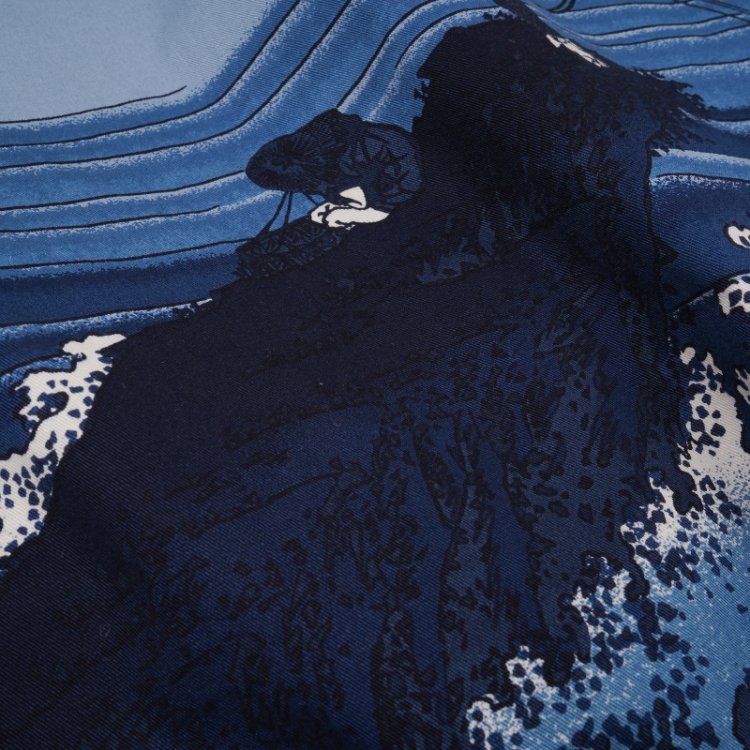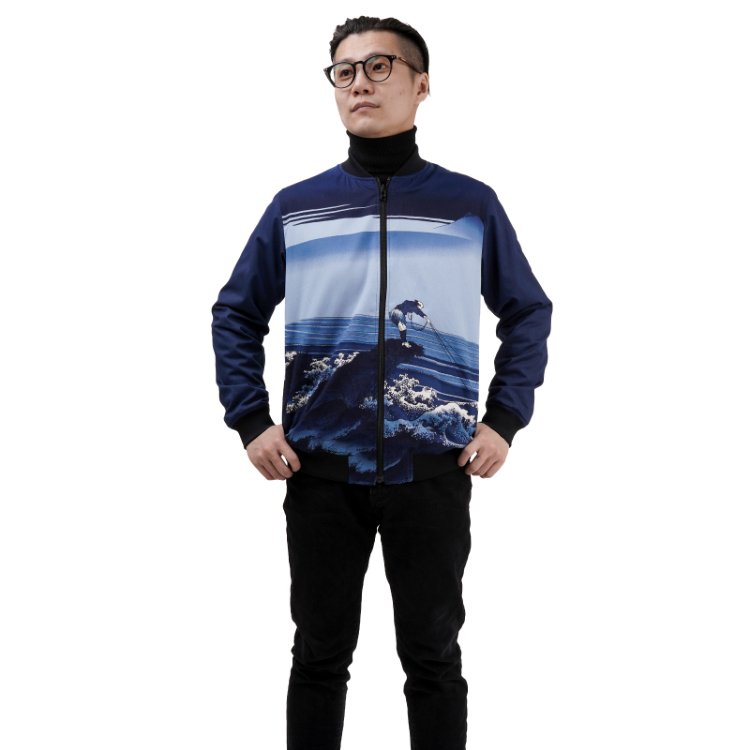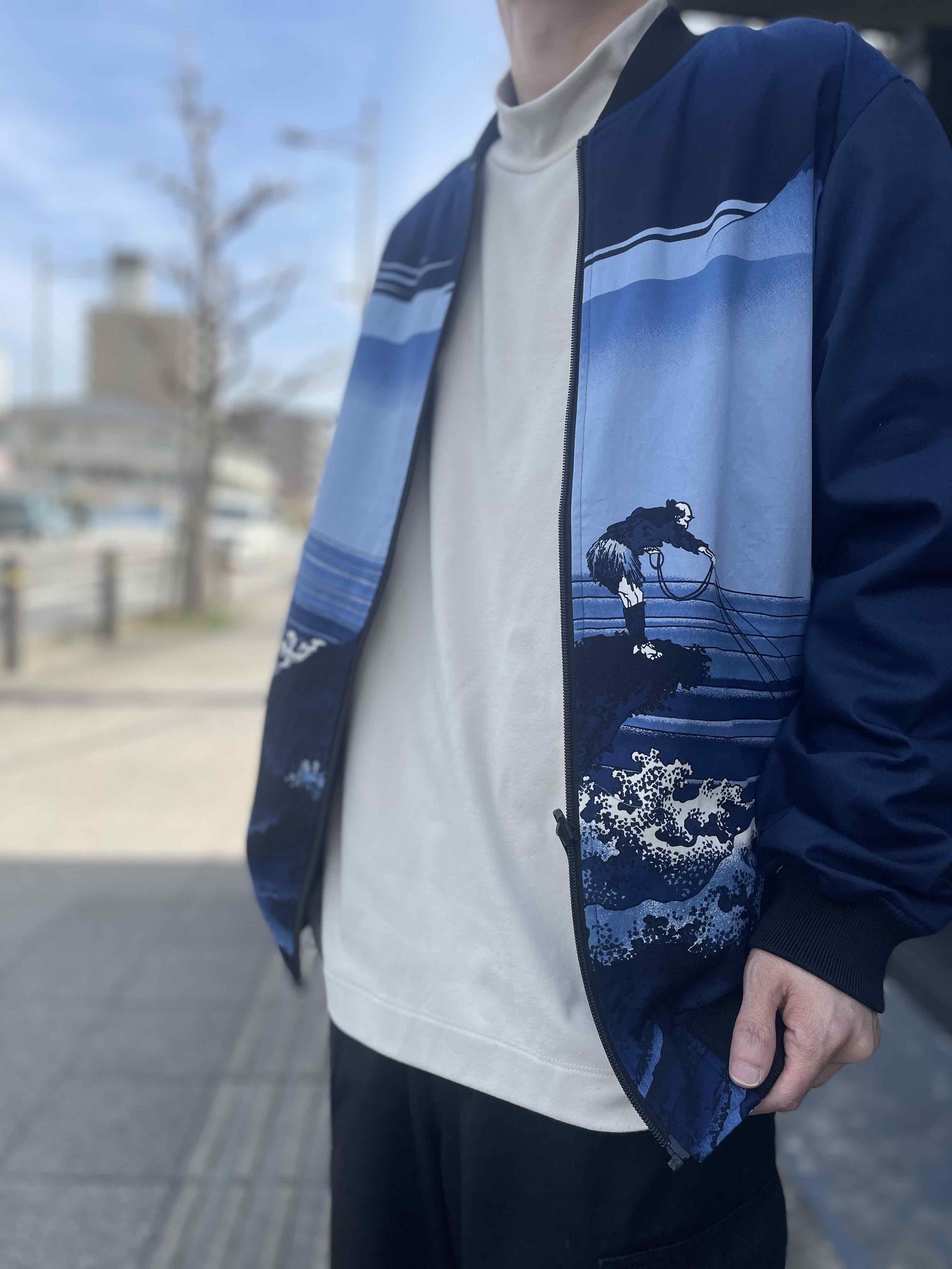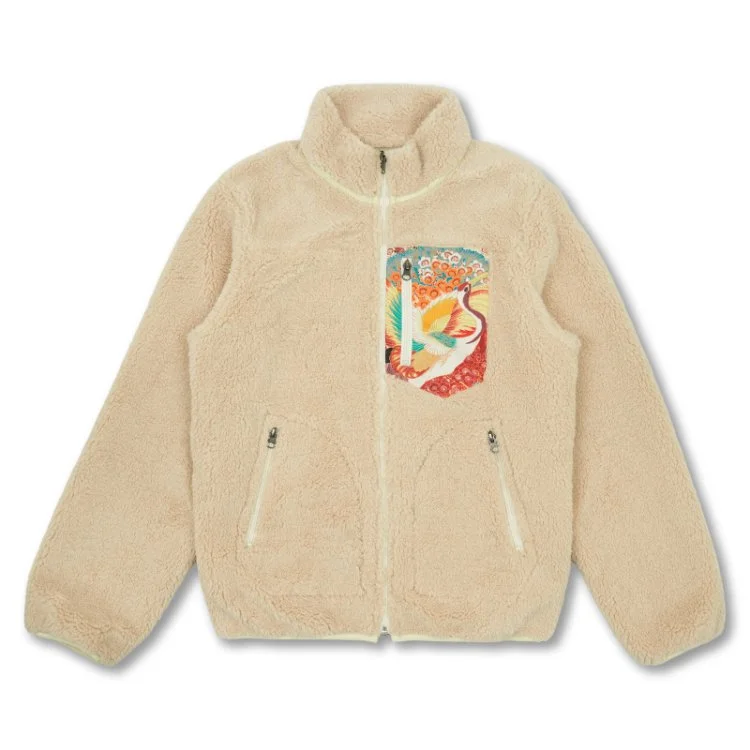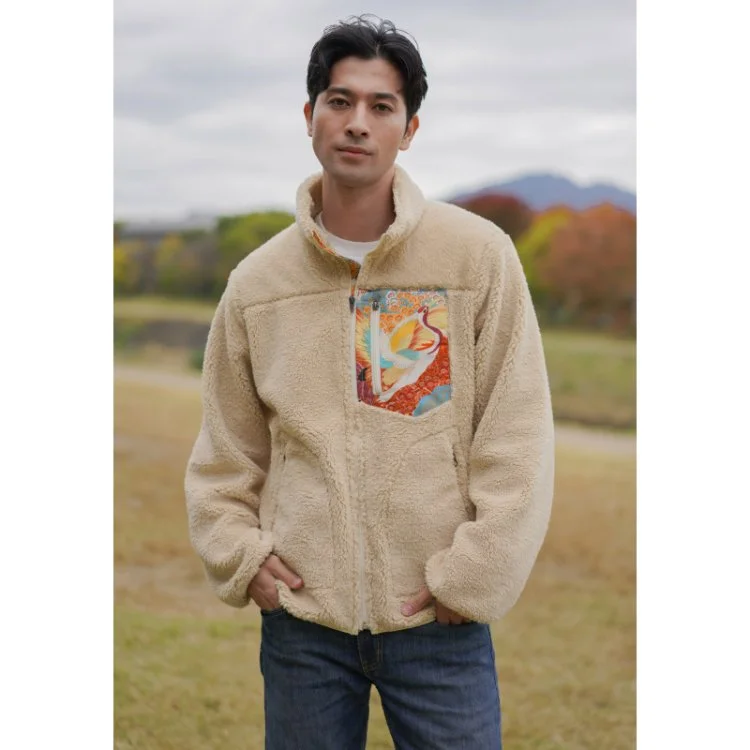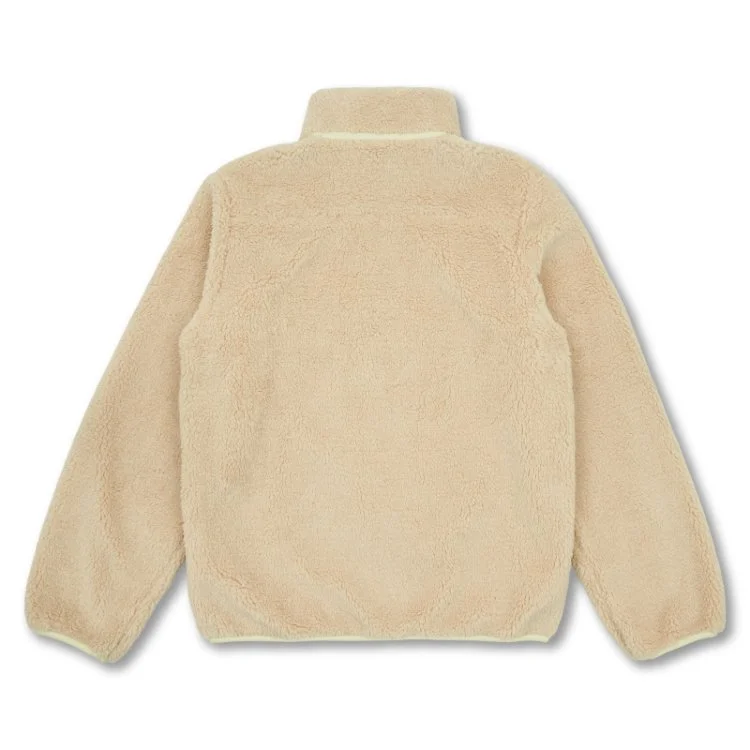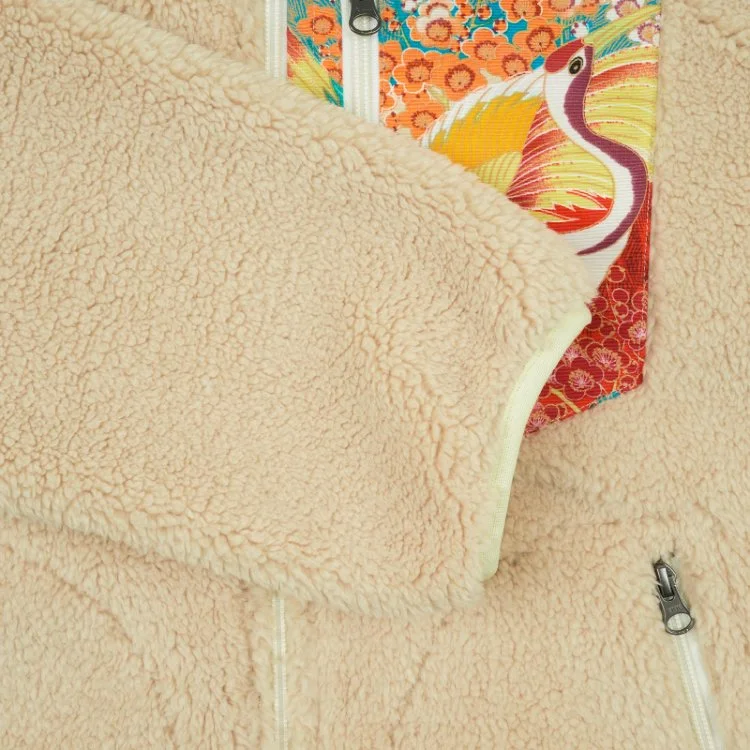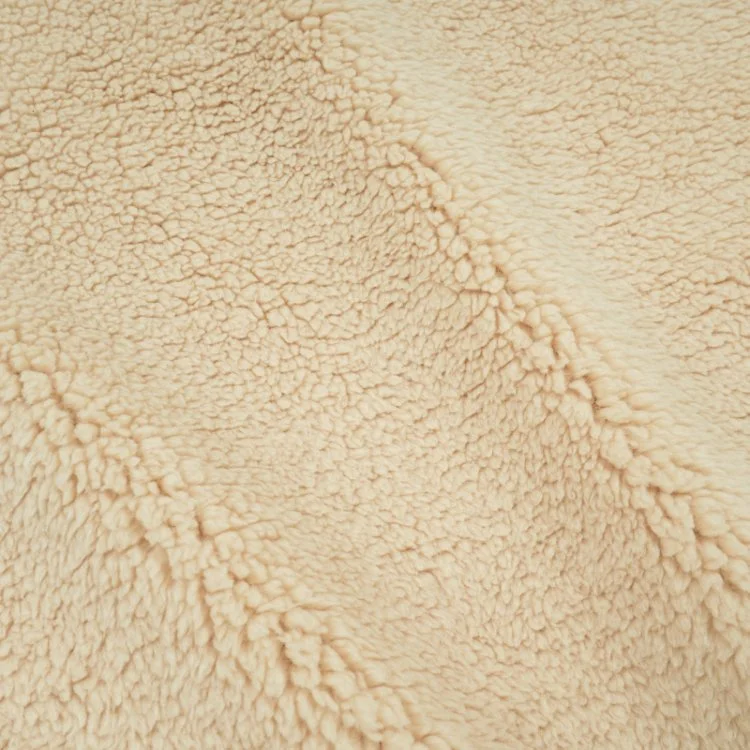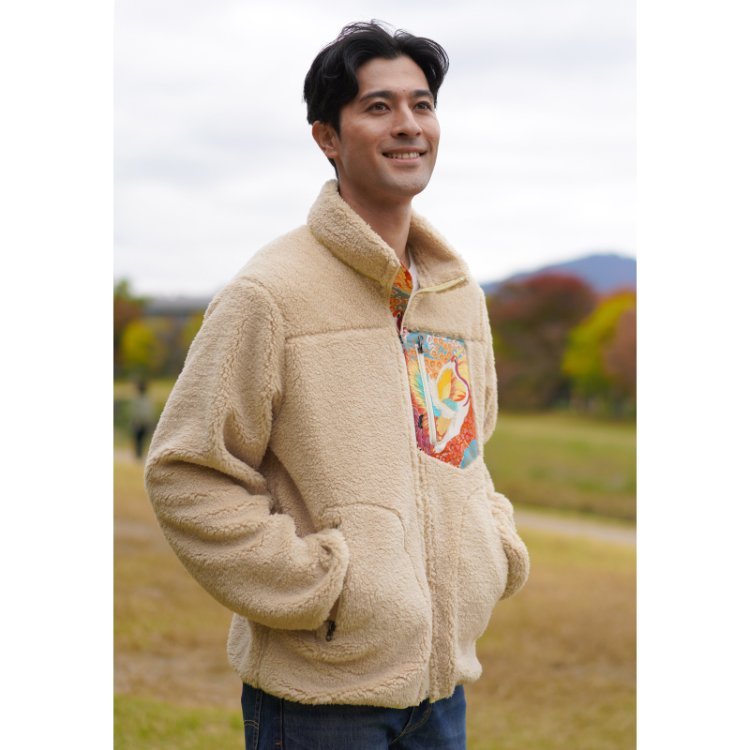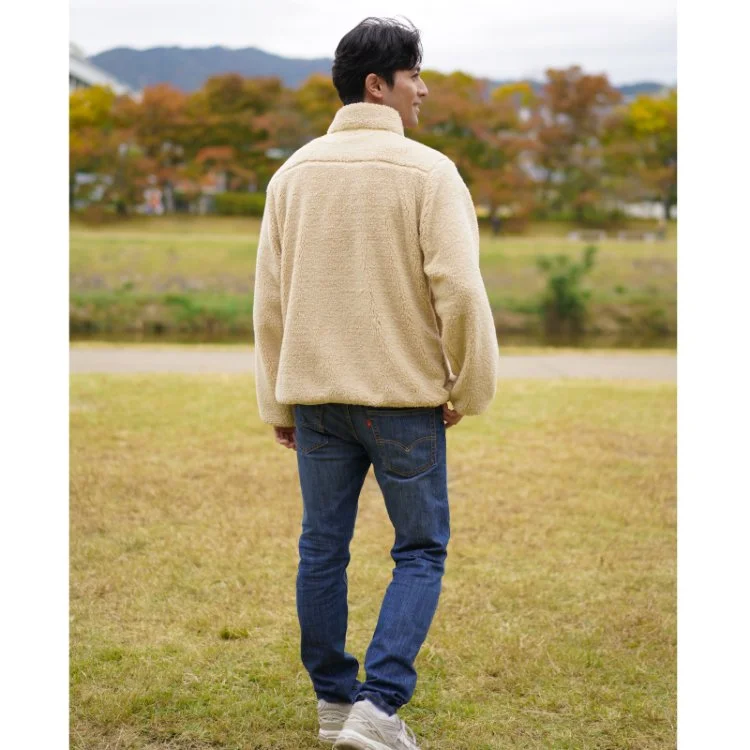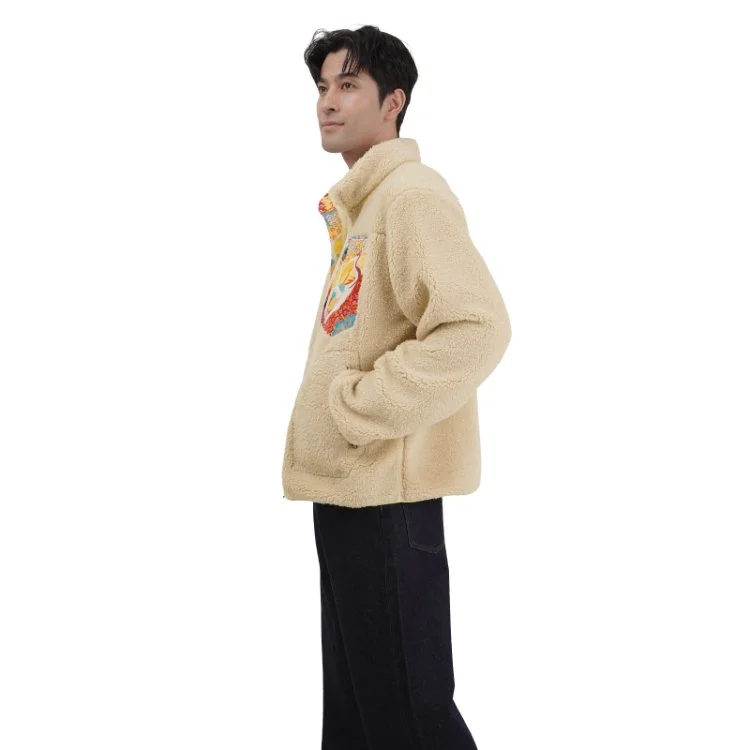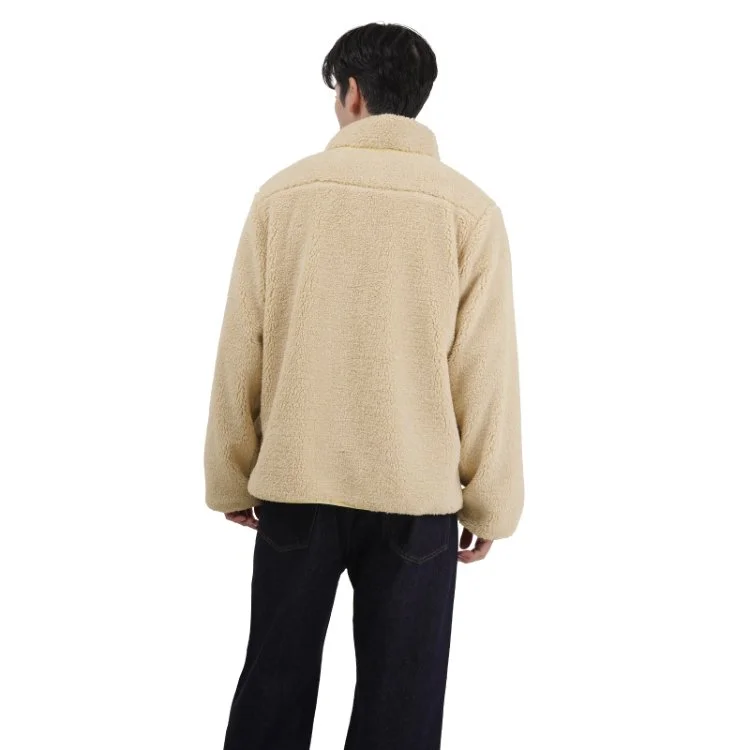 Image 1 of 17
Image 1 of 17

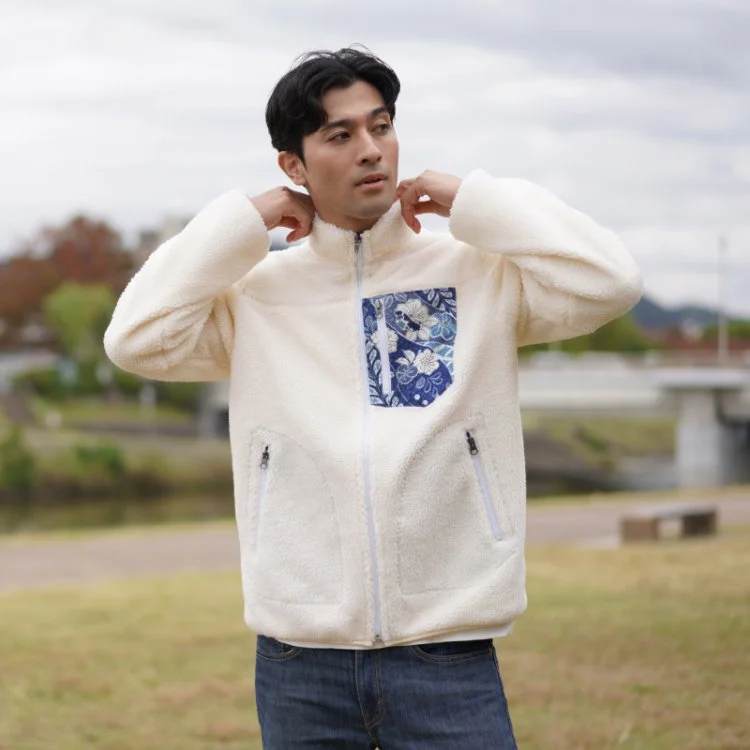 Image 2 of 17
Image 2 of 17

 Image 3 of 17
Image 3 of 17

 Image 4 of 17
Image 4 of 17

 Image 5 of 17
Image 5 of 17

 Image 6 of 17
Image 6 of 17

 Image 7 of 17
Image 7 of 17

 Image 8 of 17
Image 8 of 17

 Image 9 of 17
Image 9 of 17

 Image 10 of 17
Image 10 of 17

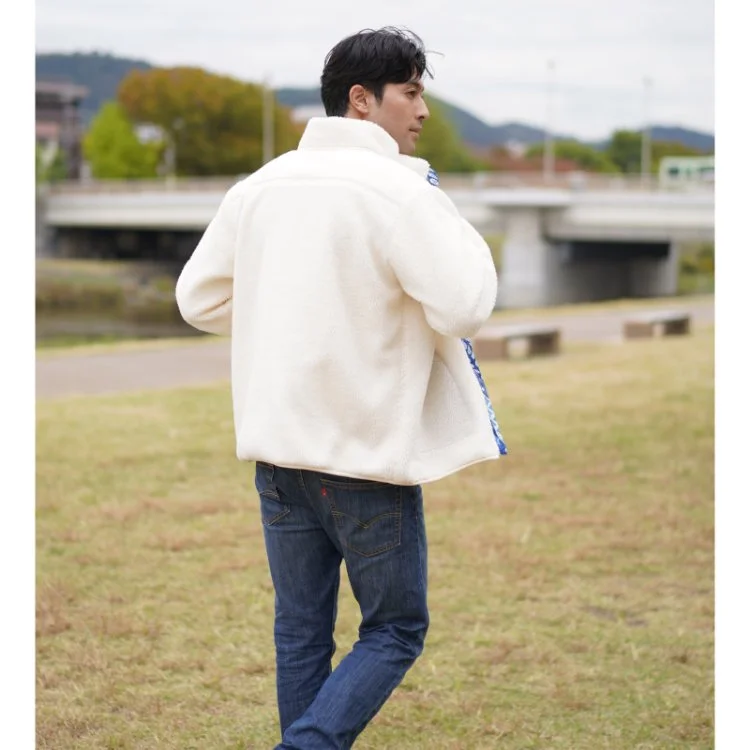 Image 11 of 17
Image 11 of 17

 Image 12 of 17
Image 12 of 17

 Image 13 of 17
Image 13 of 17

 Image 14 of 17
Image 14 of 17

 Image 15 of 17
Image 15 of 17

 Image 16 of 17
Image 16 of 17

 Image 17 of 17
Image 17 of 17


















"Tsujigahana" Mountain Jacket
Color/ Beige Care Instruction
Japanese name/ 道長取りに辻が花 (Tsujigahana)
-About-
"Michinaga-dori" is a style that looks like torn washi paper arranged diagonally. It was named after Fujiwara no Michinaga, a Heian period ruler who liked the technique.
"Tsujigahana" now refers to a decorative dyeing technique from the late Muromachi to Momoyama periods. It combines tie-dyeing with painting, gold leaf, and embroidery.
The tie-dyeing technique that forms the basis of Tsujigahana is a traditional technique that dates back to the Nara period. Various techniques exist, ranging from rudimentary and simple techniques in which the fabric is dyed by tying or binding it, to those in which the outline of the pattern is dyed in multiple colors by sewing and tying.
This pattern also features auspicious motifs.
There are Shippo-tsunagi (connected ships) patterns made up of circles lined up in all four directions, Seigaiha (wave patterns) patterns made up of semicircles connected in a scale-like pattern, and Kikko-mon (kikko pattern) patterns made up of regular hexagons resembling a turtle shell. All of these are seamlessly connected geometric patterns that represent permanence and eternity.
This pattern, which features familiar seasonal flowers arranged in a Michinaga-dori style, expresses "Tsujigahana" using the stencil-dyeing technique rather than tie-dyeing.
Cherry blossoms in spring, wisteria in early summer, bellflowers, one of the seven autumn herbs, chrysanthemums in late autumn, and camellias in early spring...the flowers depicted give a sense of the richness of Japan's four seasons, and the designs featuring shippo-tsunagi, Seigaiha, and tortoiseshell patterns celebrate the never-ending change of the seasons.
・Polyester 100% (Pocket)
・Polyester 80%, Polycarbonate 20%
・Made in Kyoto
・Kyo-Yuzen dye method
・Hand-wash
・Currency : US Dollar (USD)
Color/ Beige Care Instruction
Japanese name/ 道長取りに辻が花 (Tsujigahana)
-About-
"Michinaga-dori" is a style that looks like torn washi paper arranged diagonally. It was named after Fujiwara no Michinaga, a Heian period ruler who liked the technique.
"Tsujigahana" now refers to a decorative dyeing technique from the late Muromachi to Momoyama periods. It combines tie-dyeing with painting, gold leaf, and embroidery.
The tie-dyeing technique that forms the basis of Tsujigahana is a traditional technique that dates back to the Nara period. Various techniques exist, ranging from rudimentary and simple techniques in which the fabric is dyed by tying or binding it, to those in which the outline of the pattern is dyed in multiple colors by sewing and tying.
This pattern also features auspicious motifs.
There are Shippo-tsunagi (connected ships) patterns made up of circles lined up in all four directions, Seigaiha (wave patterns) patterns made up of semicircles connected in a scale-like pattern, and Kikko-mon (kikko pattern) patterns made up of regular hexagons resembling a turtle shell. All of these are seamlessly connected geometric patterns that represent permanence and eternity.
This pattern, which features familiar seasonal flowers arranged in a Michinaga-dori style, expresses "Tsujigahana" using the stencil-dyeing technique rather than tie-dyeing.
Cherry blossoms in spring, wisteria in early summer, bellflowers, one of the seven autumn herbs, chrysanthemums in late autumn, and camellias in early spring...the flowers depicted give a sense of the richness of Japan's four seasons, and the designs featuring shippo-tsunagi, Seigaiha, and tortoiseshell patterns celebrate the never-ending change of the seasons.
・Polyester 100% (Pocket)
・Polyester 80%, Polycarbonate 20%
・Made in Kyoto
・Kyo-Yuzen dye method
・Hand-wash
・Currency : US Dollar (USD)
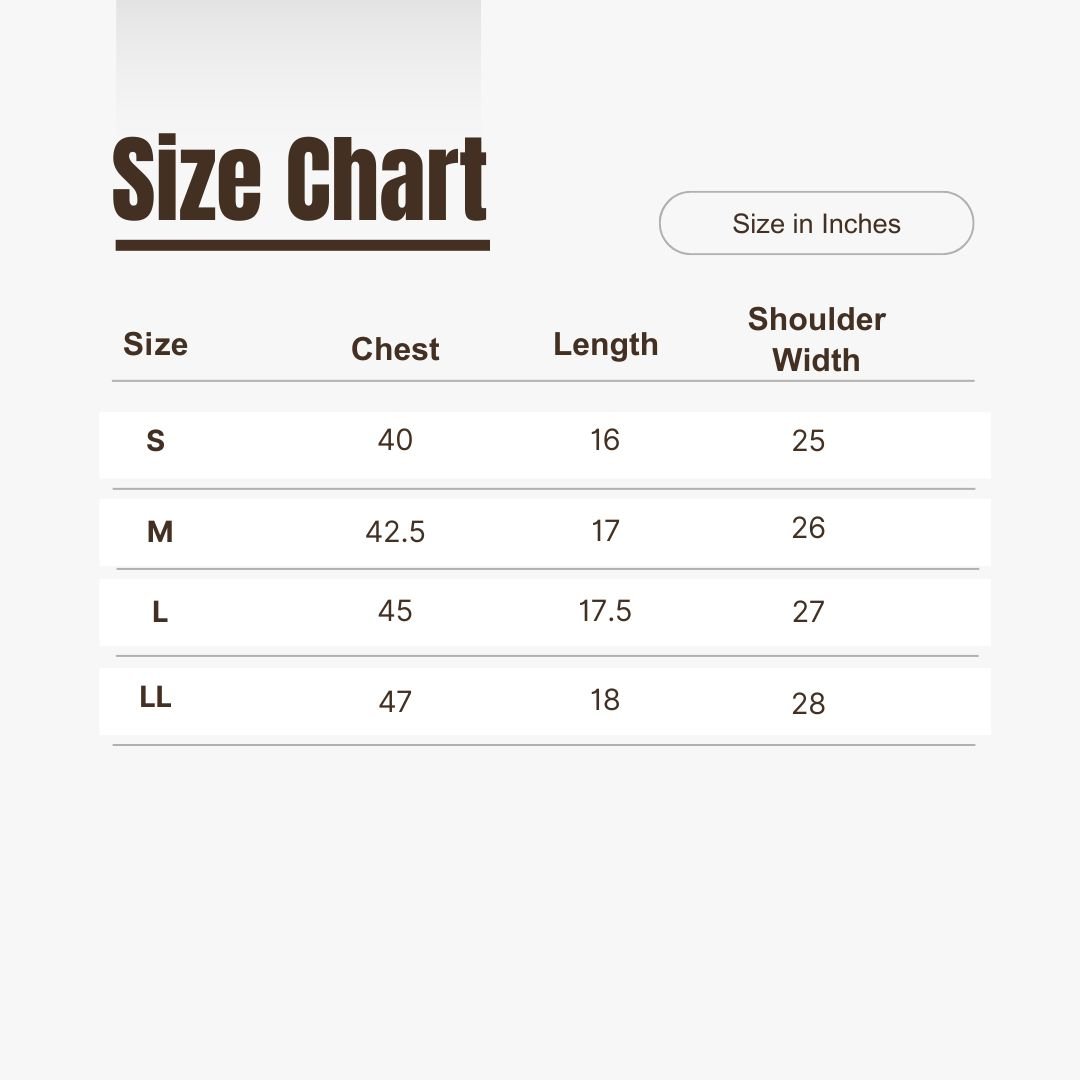

If there is anything we can help you with, please feel free to let us know.
MAIL to : Pagong Kyoto
Contact Form >> www.pagongkyoto.com/contact











